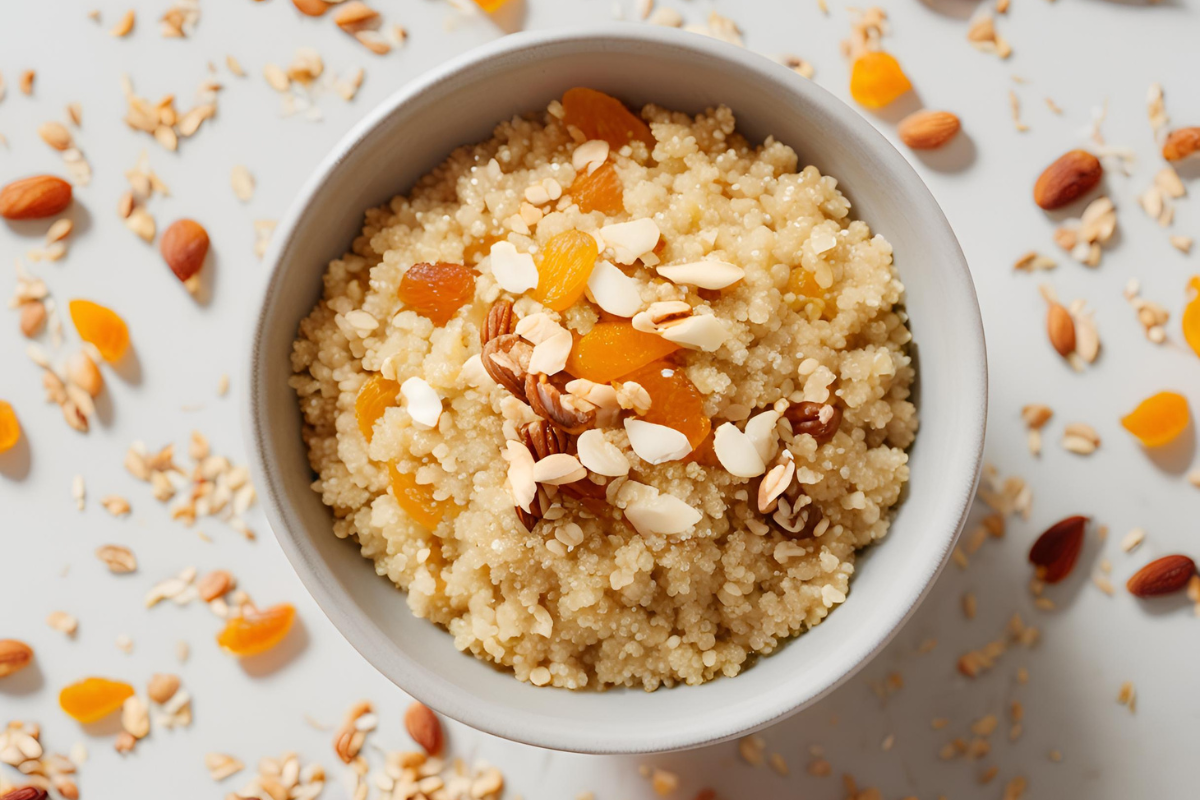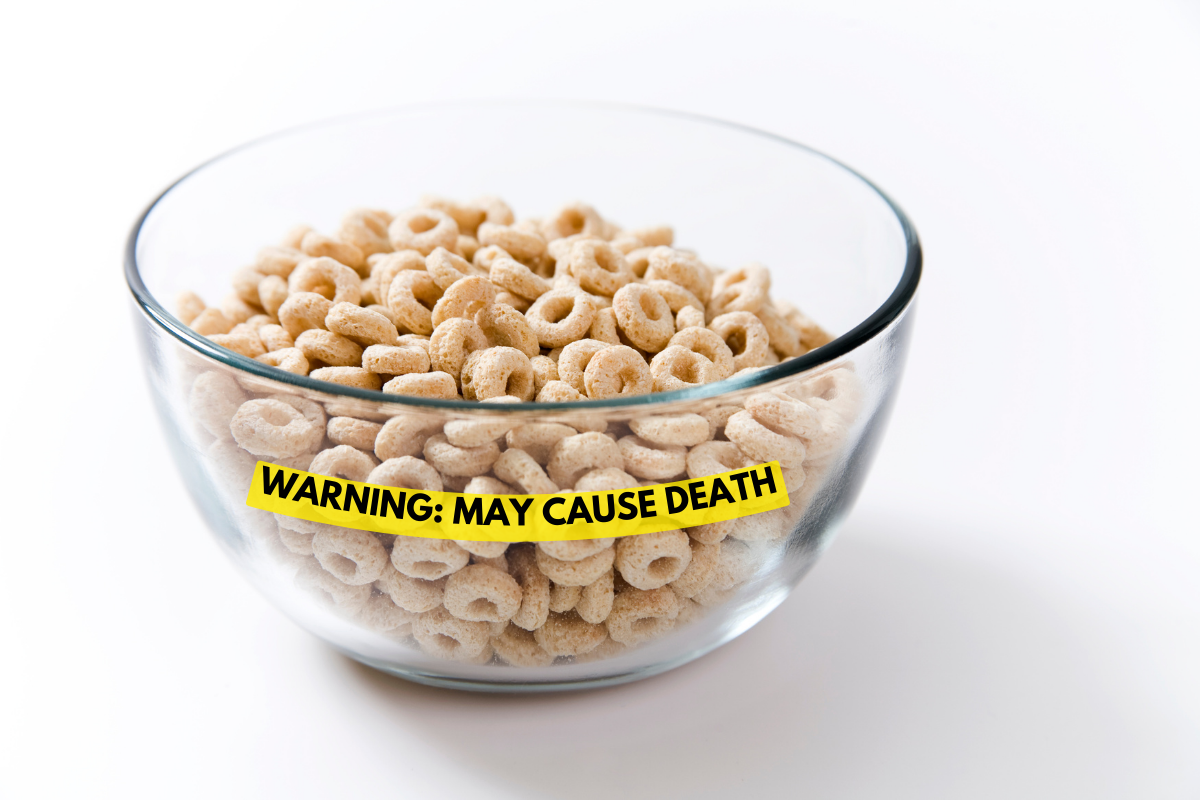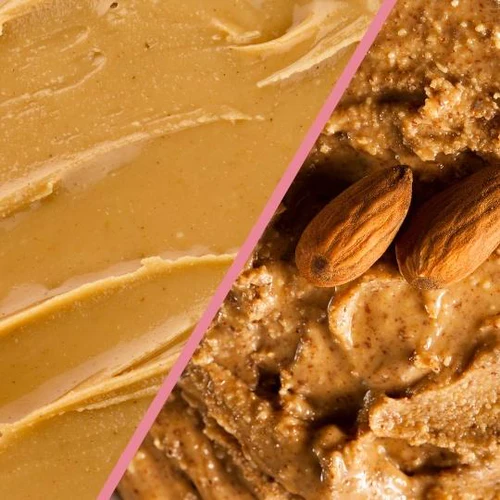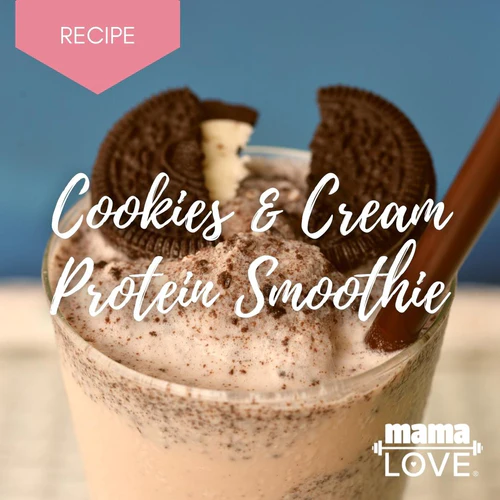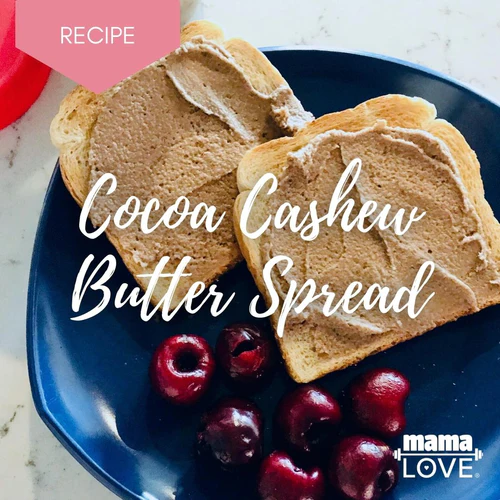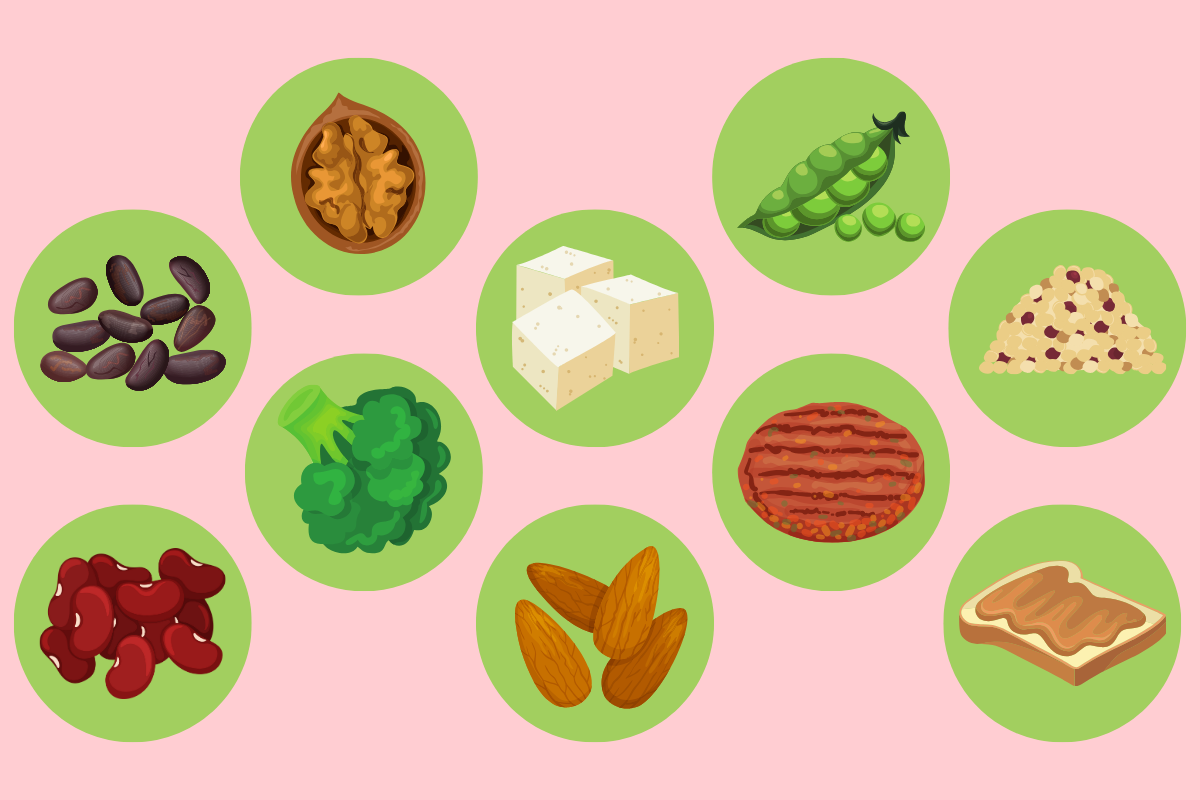
If you’re worried about the amount of breast milk you make, you’re not alone. Fear of not producing enough is the number one reason mamas stop breastfeeding their babies earlier than planned (1). Although your concerns are justified to a degree—low supply has been shown to affect around 10% to 15% of mothers (2), the truth is, you could just be experiencing a temporary lull.
“When a woman is breastfeeding, her milk supply might decrease sometimes,” says Shivani Patel, MD, a maternal-fetal medicine specialist and assistant professor of obstetrics and gynecology at UT Southwestern. “It can be due to a variety of factors, including diet, stress, and fatigue.”
The Best Diet for Lactating Women
In general, if you’re eating well, your milkshake is probably more than enough for your little one. The nutrients that pass to your baby through your milk are directly related to the nutrients you eat (3). That’s why experts agree the best diet for postpartum moms is one that focusses on nutrient-dense, whole foods and includes lots of vegetables, unprocessed grains, plant-based fats, and lean protein.
Still, there are some foods and herbs believed to ramp up lactation that get recommended to new moms again and again by doctors, lactation coaches, and healthy-living publications (4). “If you feel like your supply is dwindling,” says Dr. Patel, “consuming a galactagogue can help to boost your production.”
What is a Galactagogue?
A galactagogue is an herbal supplement, pharmaceutical drug, or food used to increase a mother’s breast milk supply. And while there isn’t a ton of clinical research on how they work (5, 6), lactation pros and everyday moms share their personal success stories with other mamas and continue to recommend them. Here’s a short list of breastfeeding superfoods.
9 Foods & Herbs that Can Boost Your Breast Milk Supply
1. Peas and other legumes, like chickpeas and lentils, provide the protein your body needs to make milk. (Keep reading to learn more about your protein needs!)
2. Oats and other whole grains can add much needed iron to your diet. They can also encourage the body to release oxytocin, a hormone needed for milk production and let down.
3. Brewer’s yeast is a good source of B vitamins and trace minerals, like selenium and chromium, which can support the quality of your breast milk and increase production.
4. Spinach and other dark green, leafy vegetables contain phytonutrients, vitamins and minerals needed for lactation.
5. Fenugreek is an herb that has been used for centuries to stimulate milk production (1, 7). “When I was exclusively pumping with both my daughters, I used fenugreek tea to help increase my breast milk production,” says Dr. Patel.
6. Almonds and other nuts are loaded with healthy fats, protein, and minerals, like magnesium and calcium, that your body needs to make nutritious milk (3).
7. Flaxseeds and other seeds, like sesame, contain phytoestrogens that have been shown to support healthy breast tissue and stimulate breast milk production in nursing moms (9).
8. Coconut and coconut oil support the quality and nutritional value of breast milk (10, 11), and some moms swear by the milk-boosting effects of electrolyte-rich coconut water—Starbuck’s Pink Drink, anyone? (12).
9. Shatavari, an herb widely used in Ayurvedic medicine, has been shown to stimulate prolactin, the hormone that causes lactation (6, 13).
Galactagogues Work, But They’re Not a Guaranteed Fix
Some women watch their breast pumps overflow after eating oatmeal or drinking coconut water, but not every galactagogue will work for every breastfeeding mom. (Your bio individuality makes you unique, mama!) And just because a food is a known boob-juice booster, doesn’t mean it will directly cause lactation—which explains why a dude can down a bag of almonds without springing a nipple leak, right?
Still, if you’re not seeing an uptick, it could be that your diet is off in other ways. A crucial nutrient for breast milk production that often gets left out: Protein.
Many moms—especially first timers—don’t realize how much protein they need to make breast milk and tend to forget to account for the protein requirements of other daily activities, like stroller jogs and naptime yoga.
How much protein does a breastfeeding mama need? “At least 1.1 grams of protein per kg of her body weight to make milk—that’s 74.8 grams a day for a 150-lb. woman,” says Tracy Morris, an accredited dietitian and lead nutritionist for Fitbit. “And she needs even more if she’s exercising, too.”
Adding a galactagogue that’s loaded with plant protein, like peas, to your plate or smoothie can help you reach your daily protein target and boost your breast milk supply.
Pumping More is Important, Too
It’s also a good idea to check in with your nursing and pumping habits. Using an herbal galactagogue or eating more lactogenic foods can give your body a nudge in the right direction, but the milk will only increase if the demand is there.
Your boobs operate under the rule of supply and demand: the more your baby or breast pump sucks, the more milk your body will produce. You may not see it or feel it at first, but if you’re consistent the milk will flow.
If you’re concerned about low milk supply, make sure you’re eating plenty of protein and nursing or pumping regularly, and then consider adding proven galactagogues into your daily routine.
Sources:
- Bazzano, Alessandra N, et al. “Maternal experiences with and sources of information on galactagogues to support lactation: a cross-sectional study.” Int J Womens Health. 2017; 9: 105-113. doi: 10.2147/IJWH.S128517
- Lee, Sooyeon, and Shannon L Kelleher. “Biological underpinnings of breastfeeding challenges: the role of genetics, diet, and environment on lactation physiology.” American journal of physiology. Endocrinology and metabolism vol. 311,2 (2016): E405-22. doi: 10.1152/ajpendo.00495.2015
- Institute of Medicine (US) Committee on Nutritional Status During Pregnancy and Lactation. Nutrition During Lactation. National Academies Press (US), 1991. doi: 10.17226/1577
- Timmons, J. (2017) “Galactagogues: 23 Foods That Increase Breast Milk.” Healthline.
- Forinash, Alicia B., et al. “The Use of Galactagogues in the Breastfeeding Mother.” Annals of Pharmacotherapy, vol. 46, no. 10, Oct. 2012, pp. 1392–1404, doi: 10.1345/aph.1R167.
- Bazzano, Alessandra N, et al. “A Review of Herbal and Pharmaceutical Galactagogues for Breast-Feeding.” The Ochsner journal 16,4 (2016): 511-524.
- Bonyata, Kelly. (2018) “Fenugreek Seed for Increasing Milk Supply.” KellyMom.com.
- Patel, Shivani. (2018) “How can I use fenugreek to increase my breast milk supply?” UT Southwestern Medical Center.
- Gibson, R.A., Muhlhausler, B. and Makrides, M. (2011). “Conversion of linoleic acid and alpha‐linolenic acid to long‐chain polyunsaturated fatty acids (LCPUFAs), with a focus on pregnancy, lactation and the first 2 years of life.” Maternal & Child Nutrition, 7: 17-26. doi: 1111/j.1740-8709.2011.00299.x
- Nice, Frank J. “Selection and Use of Galactogogues.” ICAN: Infant, Child, & Adolescent Nutrition, vol. 7, no. 4, Aug. 2015, pp. 192–194, doi: 10.1177/1941406415579718.
- Francois, C A, et. al. “Acute effects of dietary fatty acids on the fatty acids of human milk.” The American Journal of Clinical Nutrition, Volume 67, Issue 2, February 1998, Pages 301–308, doi: 10.1093/ajcn/67.2.301
- Woo, Michelle. (2017) “Moms Are Ordering Starbucks’ “Pink Drink” to Boost Their Breast Milk Supply—Does It Work?”
- Gupta, Mradu, and Badri Shaw. “A Double-Blind Randomized Clinical Trial for Evaluation of Galactogogue Activity of Asparagus racemosus Willd.” Iranian Journal of Pharmaceutical Research: IJPR 10, 1 (2011): 167-72.

